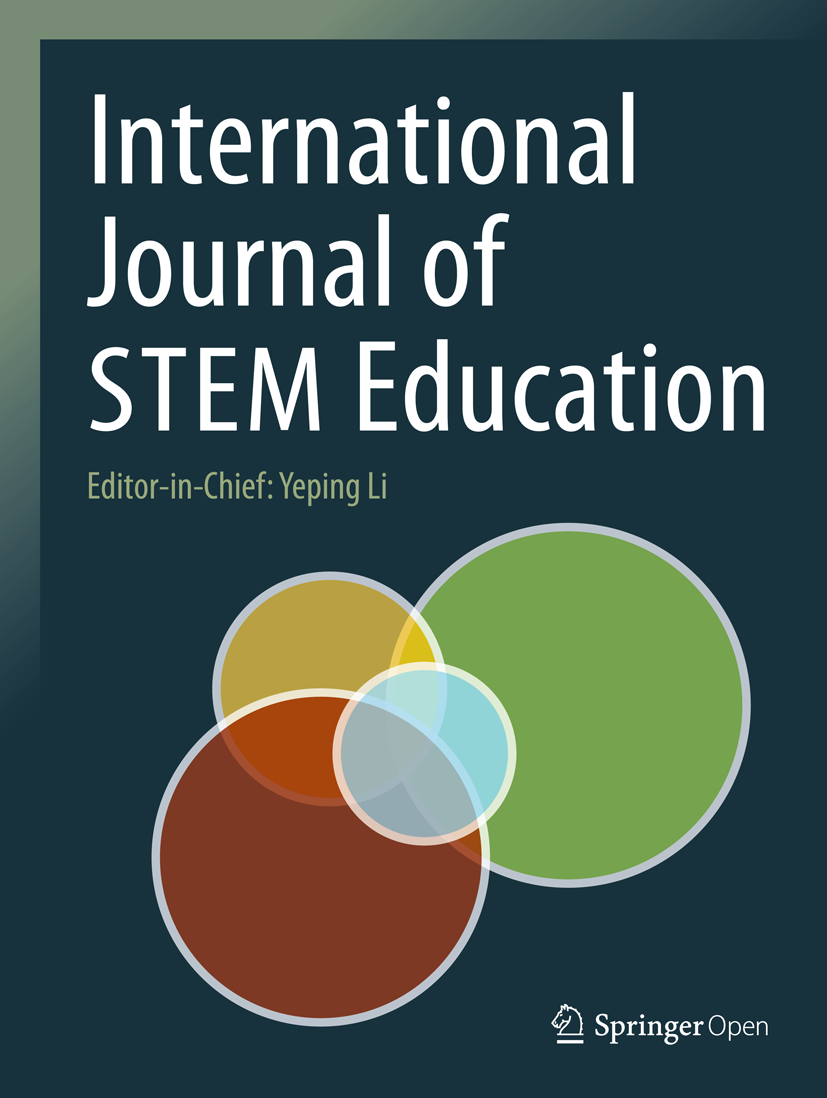系统优势与六所研究型大学学生早期 STEM 课程的成绩有重要关系
IF 8
1区 教育学
Q1 EDUCATION & EDUCATIONAL RESEARCH
引用次数: 0
摘要
大型入门讲座课程往往是中学后学生与科学、技术、工程和数学(STEM)学科的第一次正式互动。这些课程的成绩往往因学生群体的不同而存在差异,进而影响到学生的保留率。本研究将这种差异定位为性别、种族/民族、收入和第一代身份等方面的系统性不平等的一种表现形式,并调查了这些差异在同行院校中的相似程度。我们考察了美国六所大型公立研究密集型大学在过去十年间所选的一组早期 STEM 课程的成绩结果。在这个包含 20 多万名 STEM 课程注册学生的样本中,我们发现,在所有六所院校中,课程的成绩收益随着学生所拥有的系统优势的数量而显著增加。尽管我们没有控制评分方法、背景以及教师和学生群体的差异,但观察到的学术成果与优势的趋势在各所大学之间惊人地相似。鉴于这些课程通常是学生在中学后的第一次 STEM 体验,这些发现令人担忧。STEM 课程的成绩通常低于其他学科的成绩;选修这些课程的学生往往会受到成绩惩罚。在所有六所院校中,一些学生群体的系统优势与这些成绩惩罚的显著减少相关。这些研究结果在不同院校和不同课程之间的一致性支持了这样一种说法,即 STEM 教育中的不公平是一个系统性问题,其驱动因素超出了具体课程或个别院校的范围。我们的工作为探索不公平现象加剧或减少的背景提供了基础,并可用于倡导 STEM 教育中的结构性变革。为了营造更加公平的学习环境,我们必须正视 STEM 课程中普遍存在的结构性障碍是如何对边缘化学生的经历产生负面影响的。本文章由计算机程序翻译,如有差异,请以英文原文为准。
Systemic advantage has a meaningful relationship with grade outcomes in students’ early STEM courses at six research universities
Large introductory lecture courses are frequently post-secondary students’ first formal interaction with science, technology, engineering, and mathematics (STEM) disciplines. Grade outcomes in these courses are often disparate across student populations, which, in turn, has implications for student retention. This study positions such disparities as a manifestation of systemic inequities along the dimensions of sex, race/ethnicity, income, and first-generation status and investigates the extent to which they are similar across peer institutions. We examined grade outcomes in a selected set of early STEM courses across six large, public, research-intensive universities in the United States over ten years. In this sample of more than 200,000 STEM course enrollments, we find that course grade benefits increase significantly with the number of systemic advantages students possess at all six institutions. The observed trends in academic outcomes versus advantage are strikingly similar across universities despite the fact that we did not control for differences in grading practices, contexts, and instructor and student populations. The findings are concerning given that these courses are often students’ first post-secondary STEM experiences. STEM course grades are typically lower than those in other disciplines; students taking them often pay grade penalties. The systemic advantages some student groups experience are correlated with significant reductions in these grade penalties at all six institutions. The consistency of these findings across institutions and courses supports the claim that inequities in STEM education are a systemic problem, driven by factors that go beyond specific courses or individual institutions. Our work provides a basis for the exploration of contexts where inequities are exacerbated or reduced and can be used to advocate for structural change within STEM education. To cultivate more equitable learning environments, we must reckon with how pervasive structural barriers in STEM courses negatively shape the experiences of marginalized students.
求助全文
通过发布文献求助,成功后即可免费获取论文全文。
去求助
来源期刊

International Journal of Stem Education
Social Sciences-Education
CiteScore
12.40
自引率
11.90%
发文量
68
审稿时长
13 weeks
期刊介绍:
The International Journal of STEM Education is a multidisciplinary journal in subject-content education that focuses on the study of teaching and learning in science, technology, engineering, and mathematics (STEM). It is being established as a brand new, forward looking journal in the field of education. As a peer-reviewed journal, it is positioned to promote research and educational development in the rapidly evolving field of STEM education around the world.
 求助内容:
求助内容: 应助结果提醒方式:
应助结果提醒方式:


